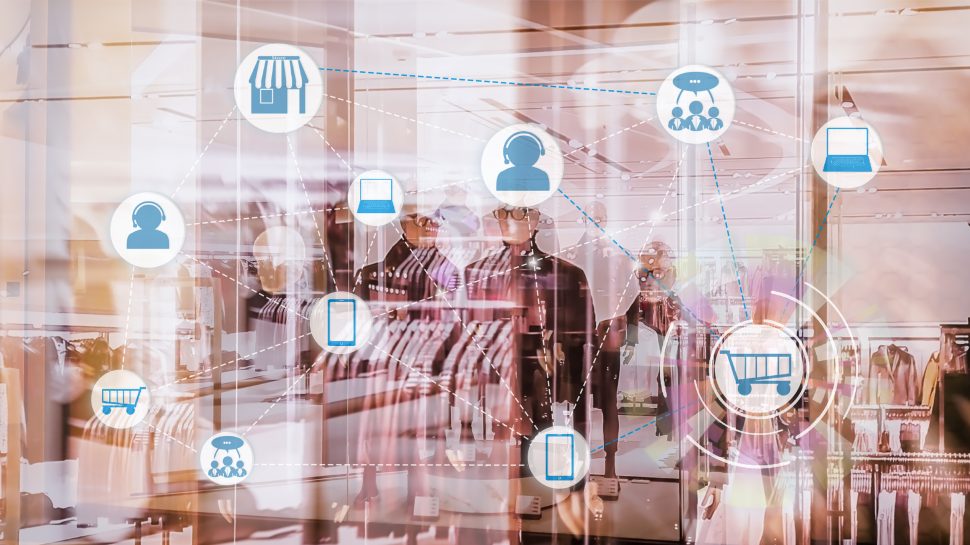Australia’s cardless future: The new payment platforms driving our digital economy

The days of pulling out cash to pay for things have changed. From contactless mobile payments to seamless one-click-to-buy online shopping platforms, the way we make payments is intuitively woven into our everyday actions.
So as the number of new ways to pay (and the sophistication of the underlying technology) continues to grow, what does this mean for the key participants in our digital economy?
Hyper-convenience for consumers
Australians consumers have quickly embraced ‘tap and go’ payments in bricks and mortar stores, but our payment future could be cardless – not just cashless. Over 14.5 million Australians aged 14+ used a digital payment method in the 12 months to March 2018 – ranging from BPay and PayPal to 'buy now, pay later' platforms such as Afterpay, ZipPay or zipMoney.
Delivering on the promise of speed, choice and convenience, these options offer consumers a simple alternative to pulling out the credit card.
Even if you do want to use your credit card, plastic is soon to be superseded by the ubiquitous smartphone. 12 per cent of Australians already use contactless/cardless payments such as ApplePay, Google Wallet, or their bank’s mobile payment ‘tap and pay’ apps. Social commerce is also on the rise, with 16 per cent of businesses now accepting payments via social media platforms.
Globally, ApplePay handles US$50 billion in payments every year, which is forecast to hit US$200 billion by 2021. In China, there are 520 million Alipay users, and 90 per cent of their transactions are made via mobile. Google has also moved into mobile payments in India with its new digital payment app, Tez.
What's next in Australia's digital economy?
What's next in Australia's digital economy?
Our insight paper looks at the key trends in eCommerce and service transactions, and how organisations can meet changing customer expectations with the next wave of technology.
Increasing complexity (and costs) for merchants and providers
Meanwhile, retailers of all sizes need to keep pace with this expanding range of payment options, or risk losing customers at the checkout. With the cost of ‘tap and go’ estimated at hundreds of millions of extra dollars in fees to banks and credit card companies (compared with debit and PIN), they may also be adding to the bottom line for merchants.
As well as merchant fees on a diverse choice of payment gateways, online merchants are expected to foot the bill for 'buy now, pay later' models in exchange for a potentially higher conversion rate. Given these platforms enabled 7.7 per cent of online goods purchases in 2017, it’s a growing market they can’t afford to miss out on.
However, in an era of open banking and APIs, there are also tremendous opportunities for merchants to access rich customer data through these new payment platforms. A single view of transactions and payment behaviour could help to personalise loyalty and marketing programs.
For example, PayPal now offers merchants free marketing analytics, with insights into customer behaviours and preferences such as mobile shopping and purchase value. Australia Post’s AlphaCommerceHub helps simplify the payments ecosystem for business and government customers, with a full range of plug-in services including payment gateways, loyalty programs, fraud solutions and analytics.
For service providers, it’s obvious that cheques have gone the way of VHS video. Online bill payment solutions (BPay and Post Billpay) are now used by 59 per cent of Australia’s population. The good news is, businesses can expect to be paid faster than ever with Australia’s introduction of the New Payments Platform (NPP), with one minute inter-bank transfers.
Banks under pressure from real-time risks in a disrupted market
Payments are one of the largest sub-sectors within Australia’s fast-growing fintech industry – and global tech giants are making their move as well. Given 84 per cent of millennials say they would consider banking with a tech giant like Google or Apple, it appears trust in technology exceeds trust in a highly regulated institution.
To regain that trust and deliver on new expectations, banks are under pressure to innovate while at the same time managing rising risks of fraud. While NPP promises even greater speed and convenience for consumers and business customers, (and could enable the next wave of payment innovation by removing the need for BSBs and account numbers), banks are now under pressure to detect suspicious transactions in real time. It’s worth noting that when the UK launched faster payments in 2008, online banking fraud nearly doubled.
Online credit card fraud is already on the rise in Australia – more than doubling between 2011 and 2017. So with all our financial data embedded in a range of apps on our smartphones, are we putting ourselves at even greater risk of financial loss? Biometrics, geolocation and social media could all be leveraged as we look for new ways to authenticate customer transactions and reduce the risk of fraud. For example, Australia Post’s Digital iD™ platform enables biometric identity verification as part of a secure high level transaction – whether online or in-person.
As our payment landscape continues to evolve, one thing is clear; the gateways and platforms that succeed (and that consumers and businesses embrace, even at a cost) provide added value. Whether that’s free returns and buyer protection (PayPal), help with budgeting (AfterPay) or accepting payments on the go (Square), they’re taking the friction of transactions – not just payments – out of our digital economy.
Subscribe to our Building Business newsletter
Subscribe to our Building Business newsletter
Read engaging business stories, discover new ideas, and learn about great offers in our monthly business newsletter.



